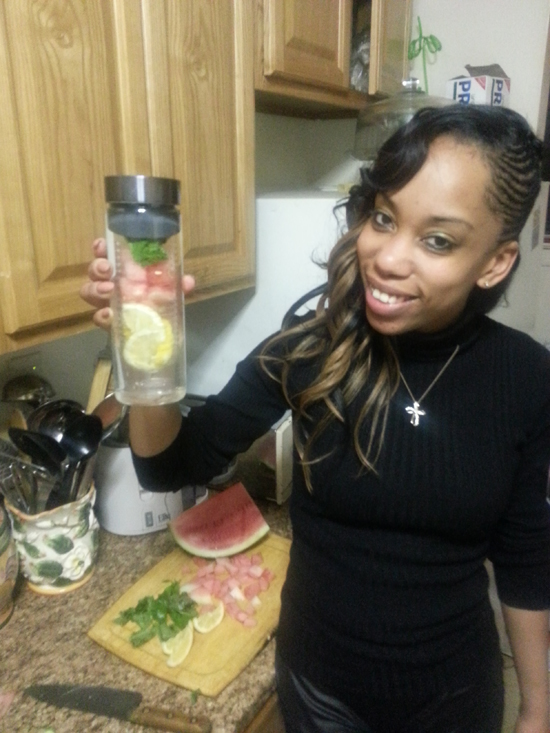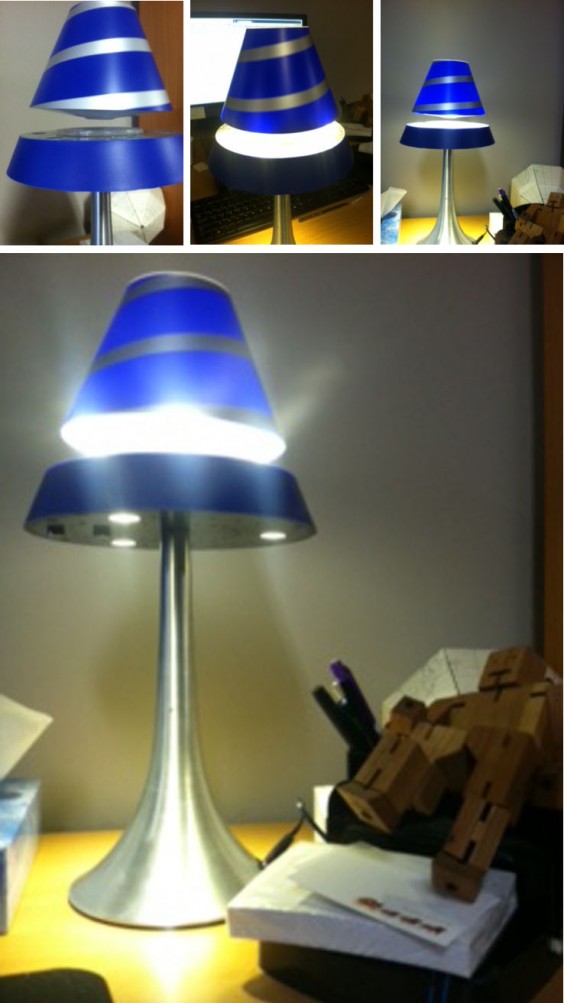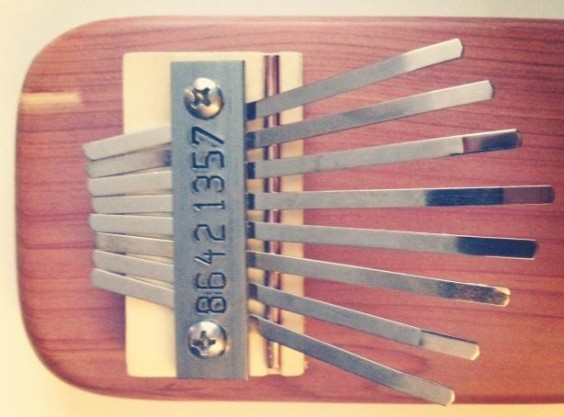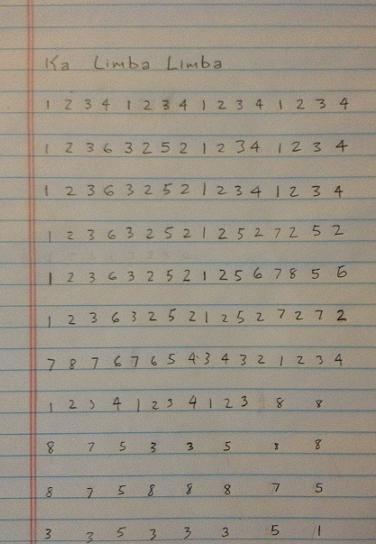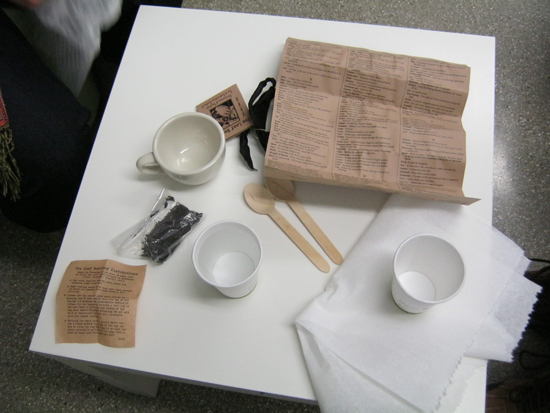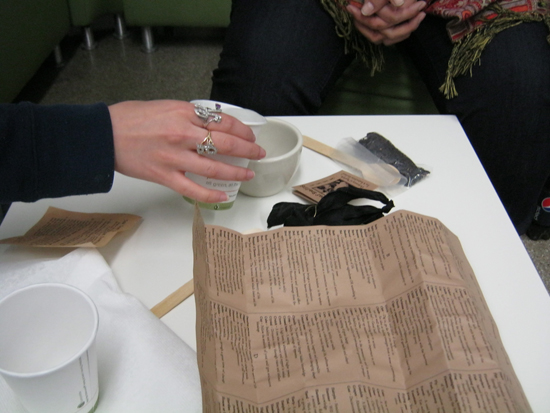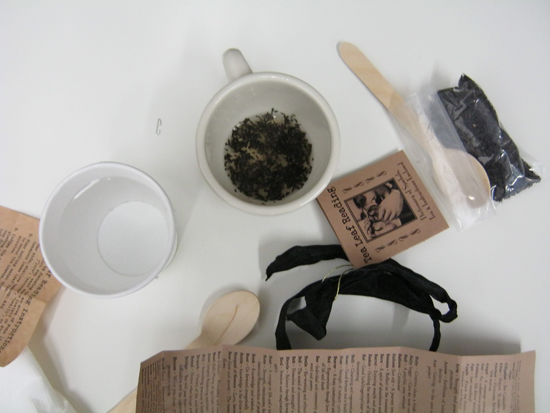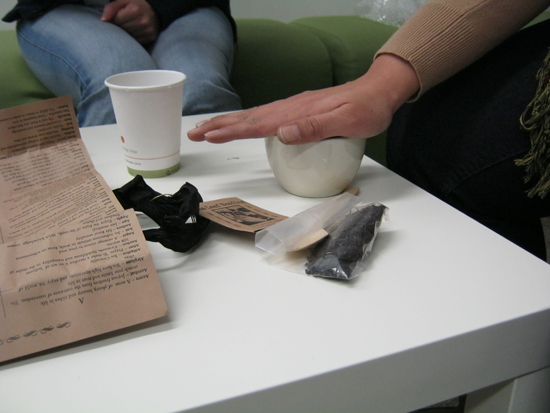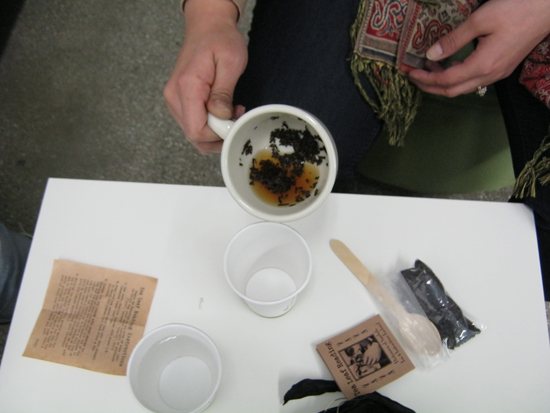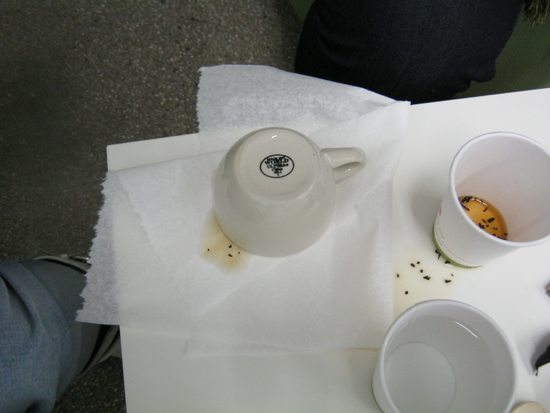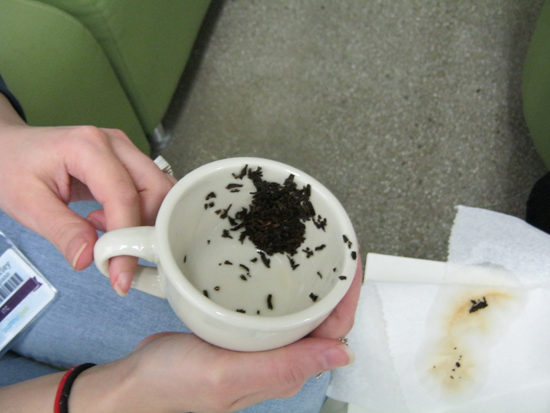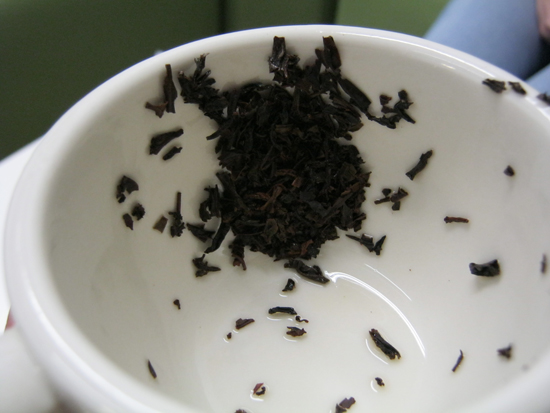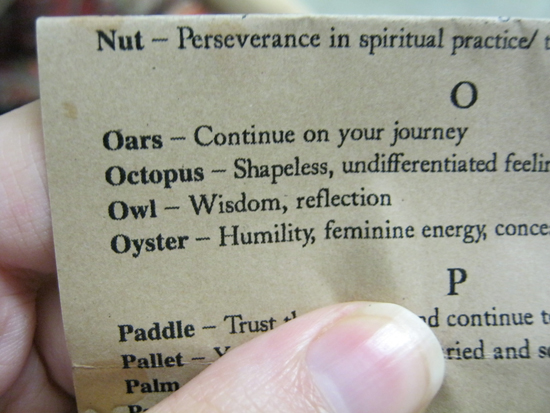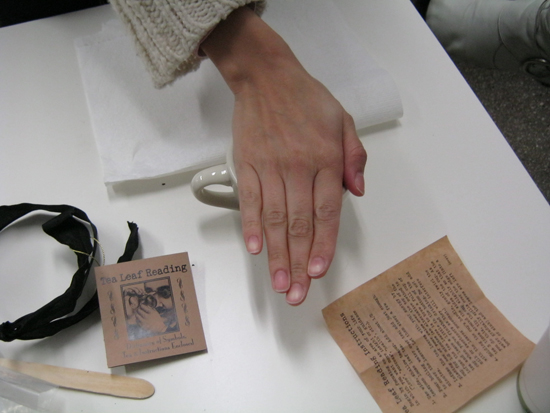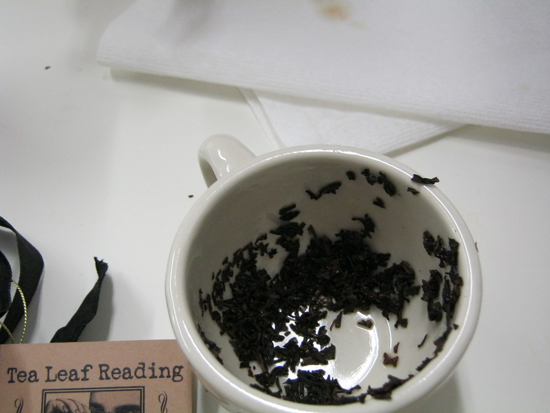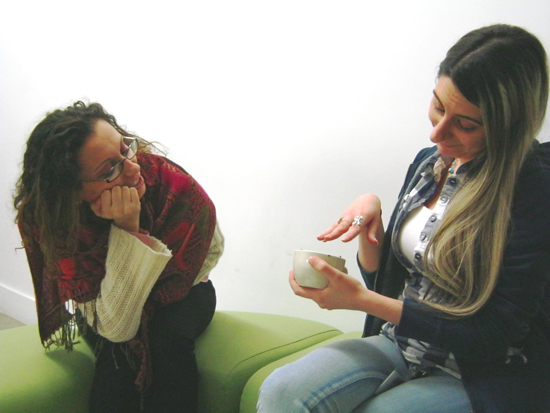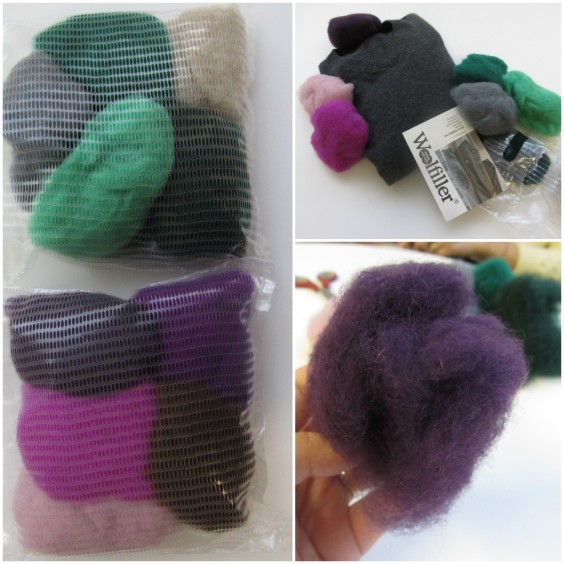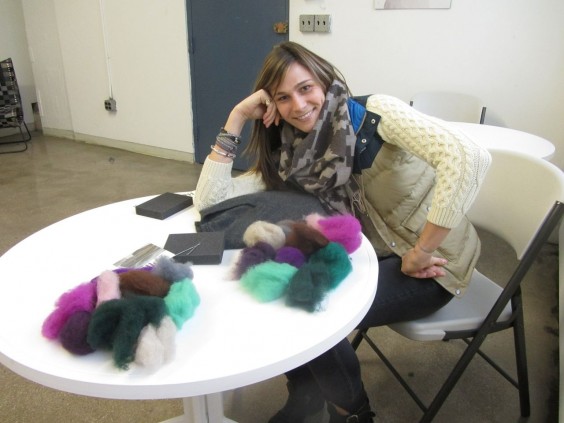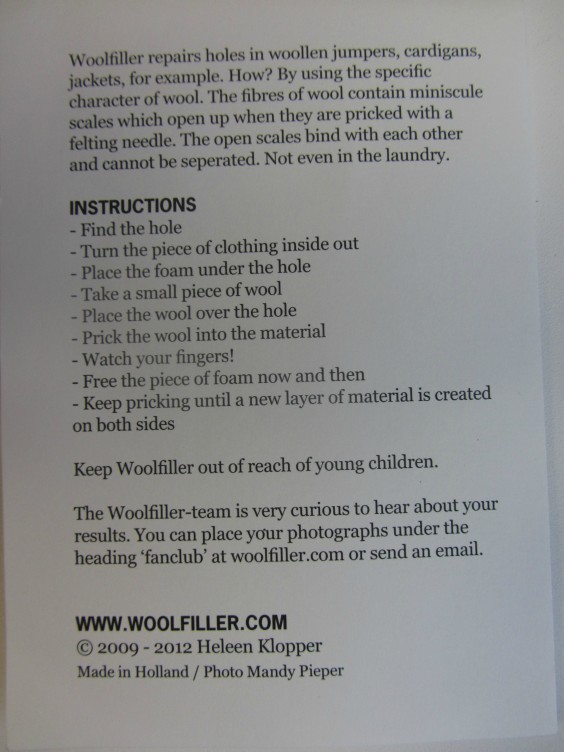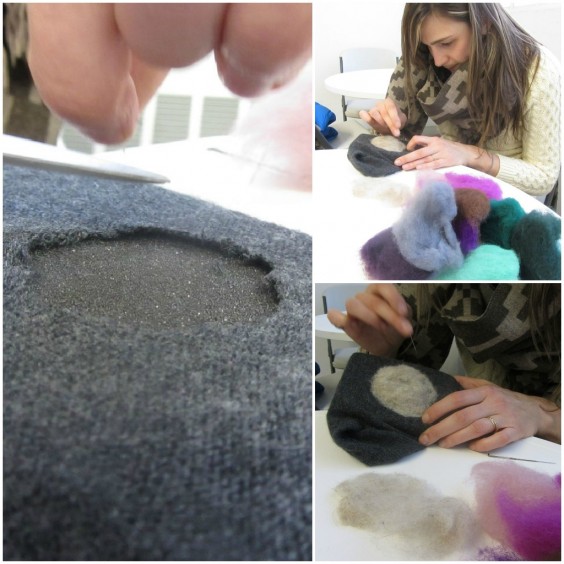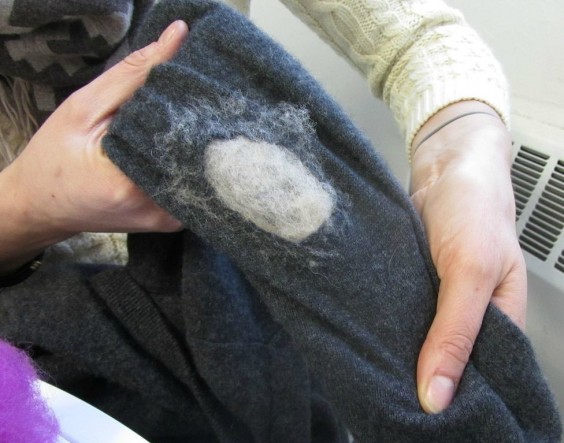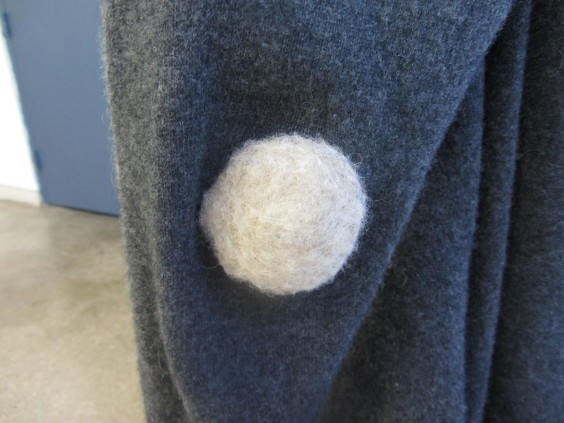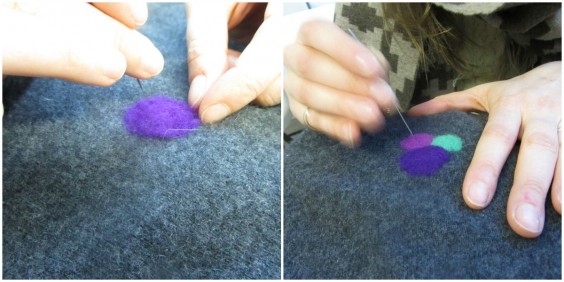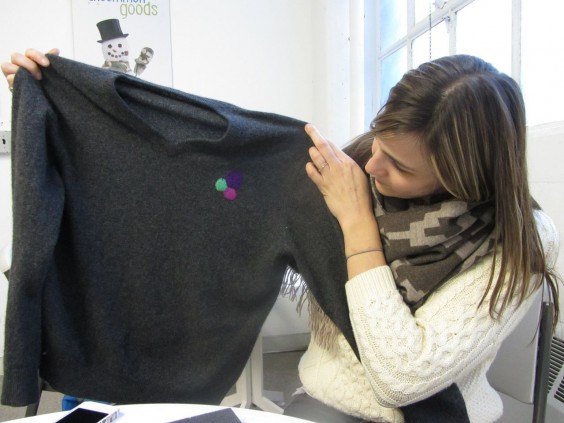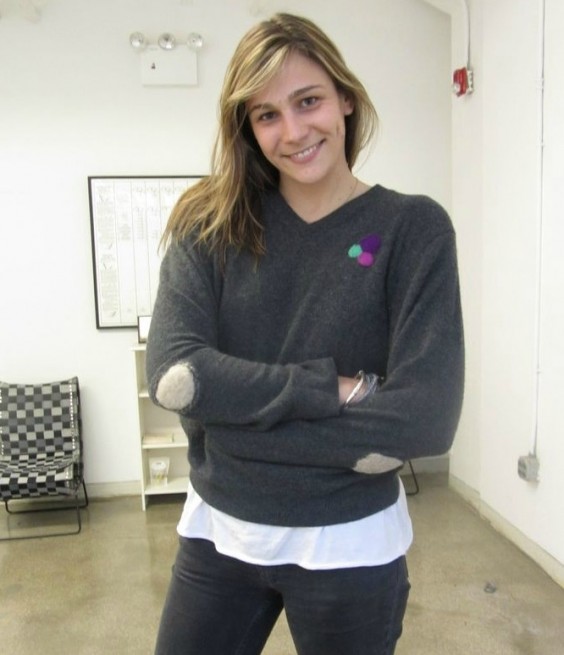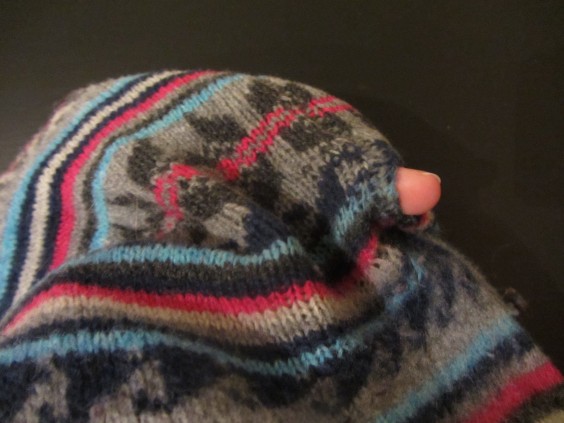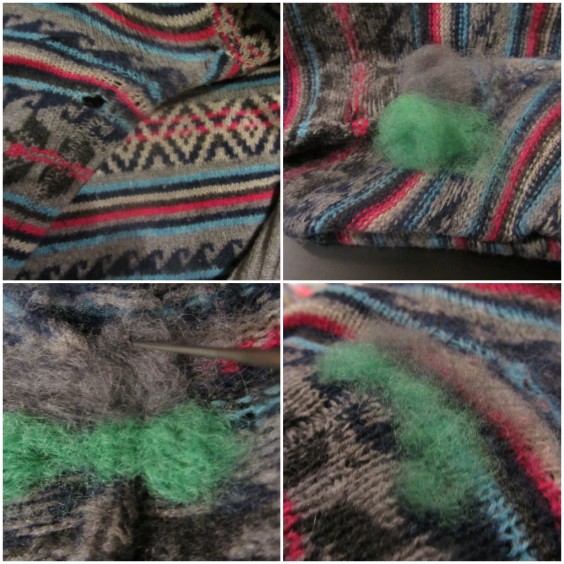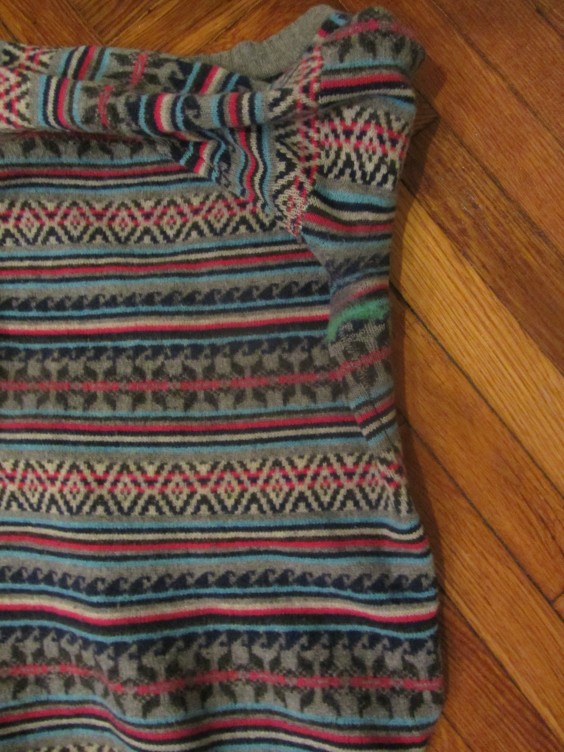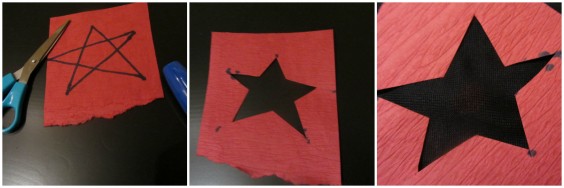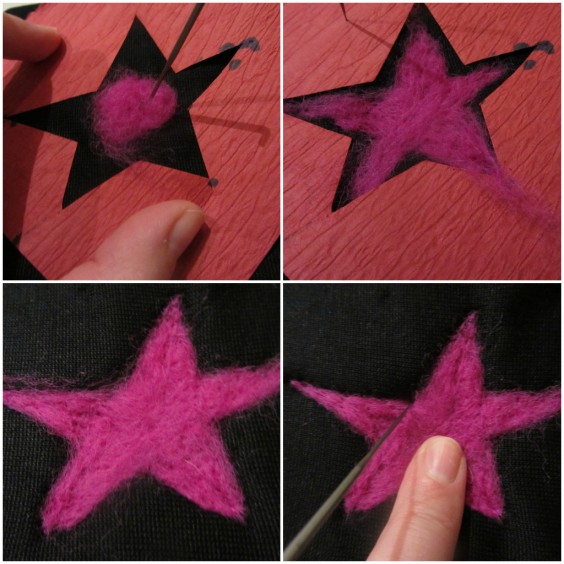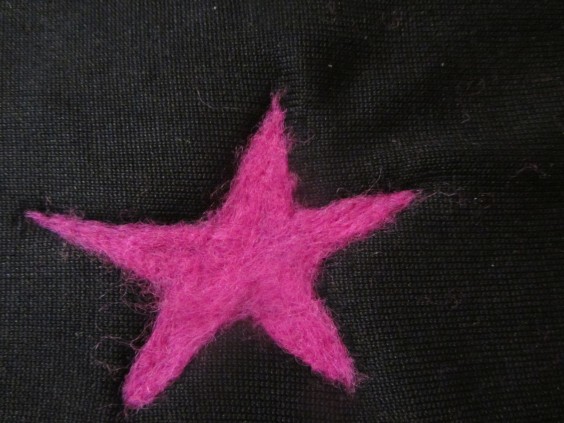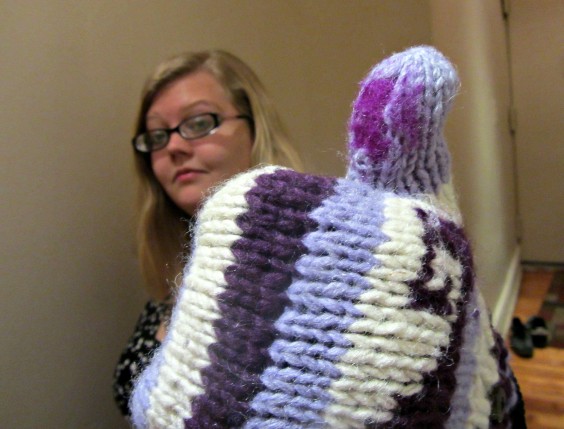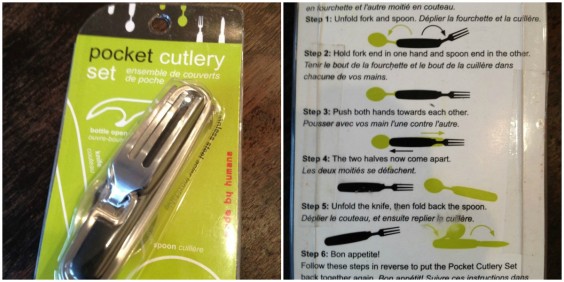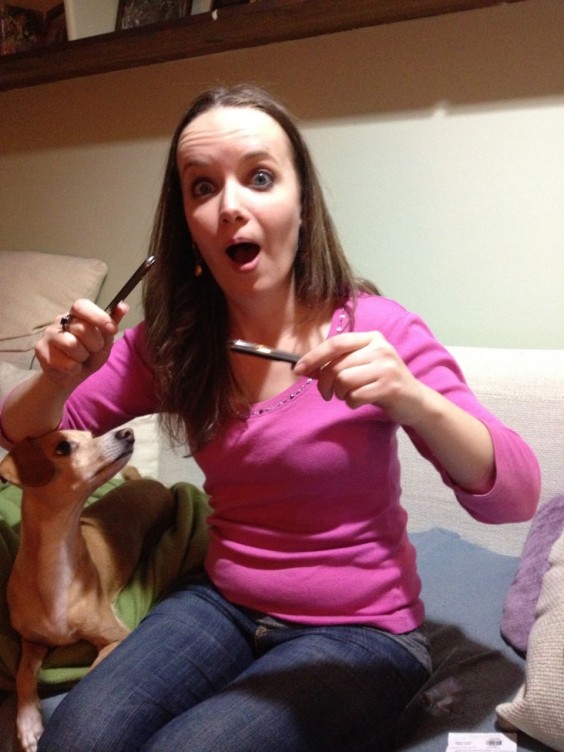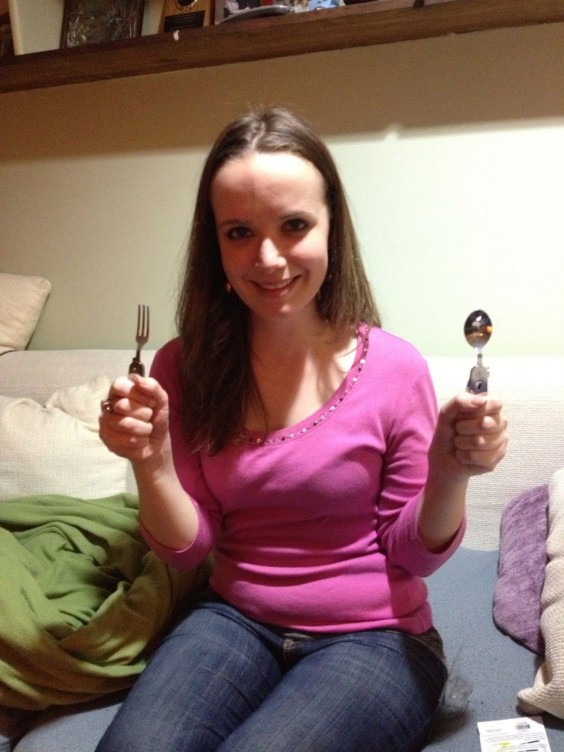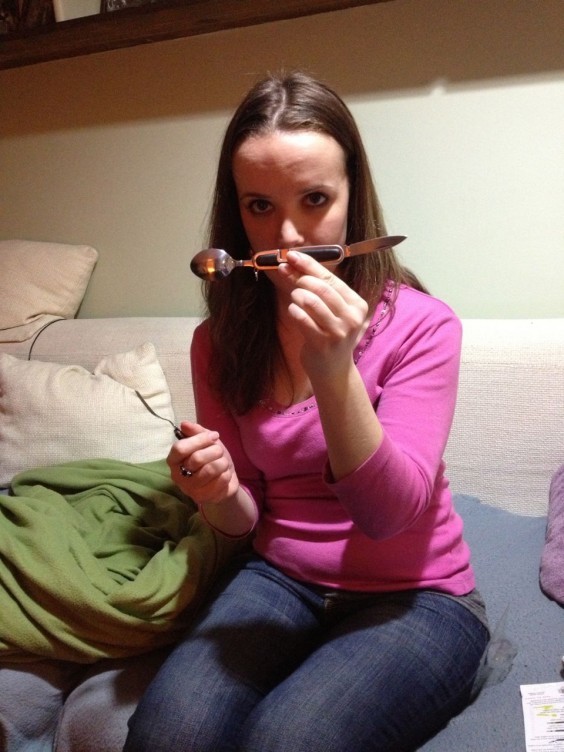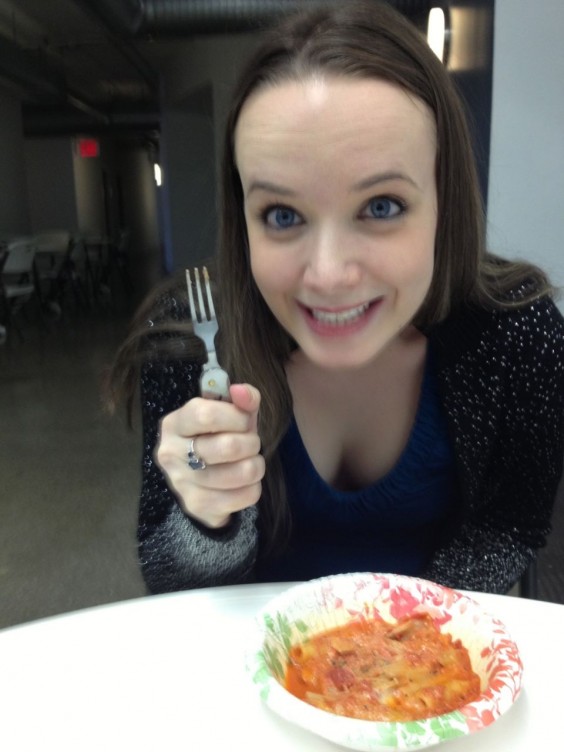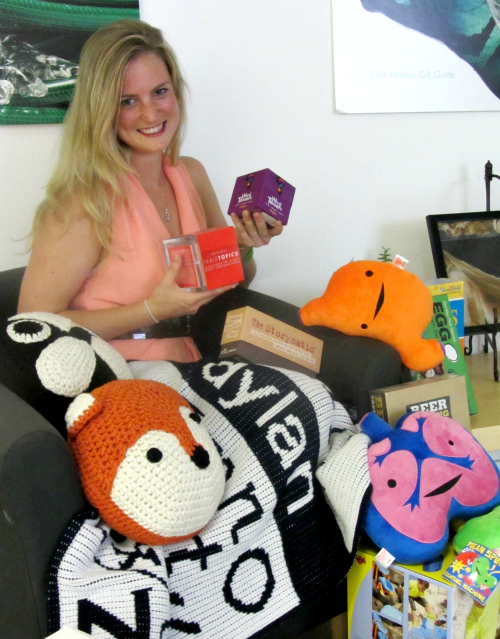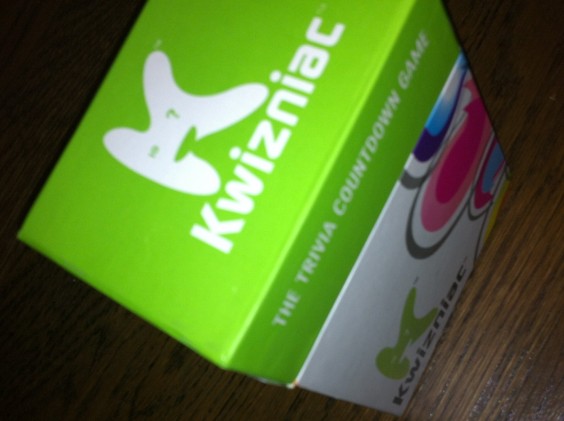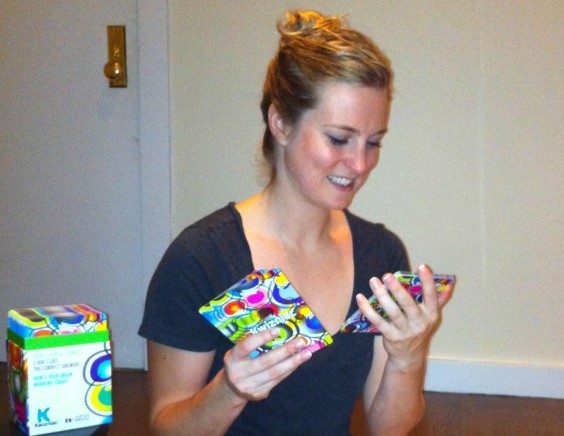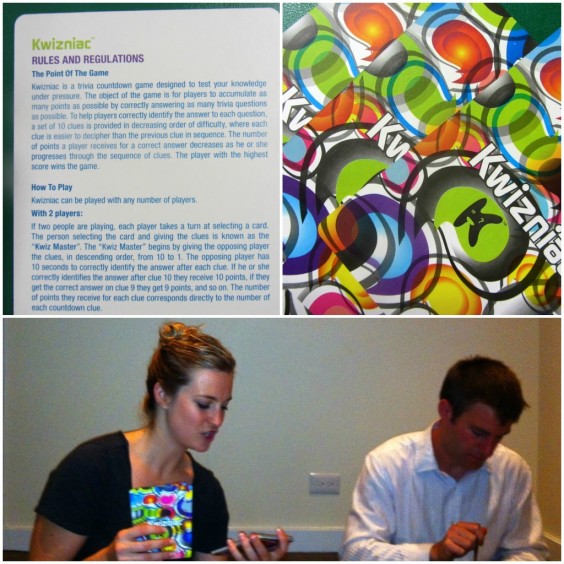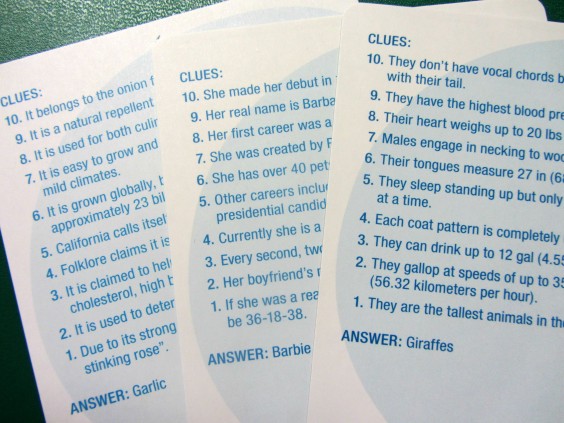 Research
Research
A glass water bottle with a built in fruit infuser. What a brilliant idea! is the first thought that came across my mind. I’ve never heard about this product and finding out about it would make a change in my lifestyle. All of my life I’ve grown accustomed to drinking soda and juice, neglecting water which is necessary to keep our bodies properly hydrated. Breaking this bad habit by using the Flavor Infuser Water Bottle would help me transition from my lack of water intake.
Hypothesis
Infusing fruits into water on a daily basis will lead to a healthier lifestyle and water being an essential part of my life.
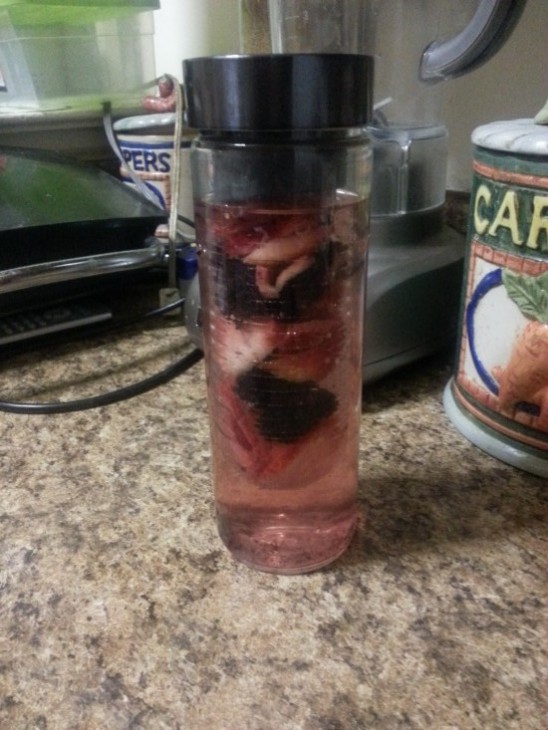 Experiment
Experiment
With a variety of fruits I will mix and match them and properly infuse them into water creating a couple of different types of fruitful H2O. Below was my favorite concoction.
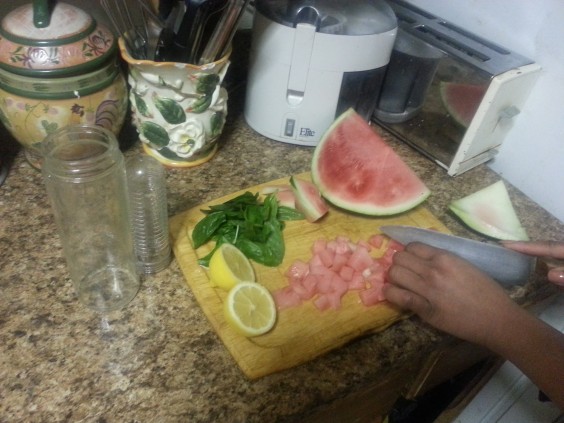 Watermelon Lemon Basil Water
Watermelon Lemon Basil Water
Step 1: Finely slice lemons into 6-8 pieces
Step 2: Cut watermelons into small cubes (10-12 cubes)
Step 3: Chop 8 basil leaves in half
Step 4: Take the center piece of the infuser and add lemons, watermelons, and basil leaves together.
Step 5: Place the top onto the center piece.
Step 6: Fill the glass water bottle with water.
Step 7: Place the center piece inside of the glass bottle and place the main top on to seal the bottle.
Step 8: Let the infusion begin! Wait 30 minutes until you drink the water. Enjoy!
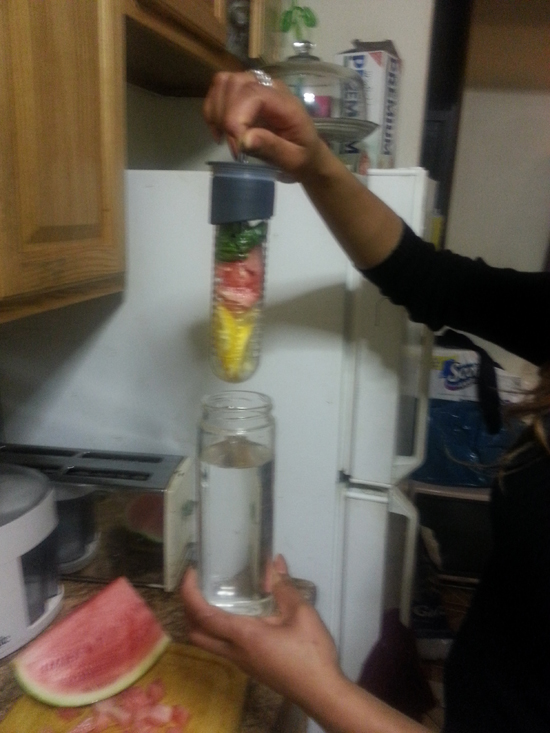 Conclusion
Conclusion
This infuser is definitely a hit. After experimenting with different fruits my outlook on drinking water has changed. Using this product created a fun experience. Researching the different fundamentals of fruits and water helped me in having a want to drink water. It’s simple, it’s easy and I am becoming a water-loving person.

